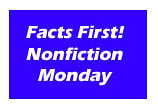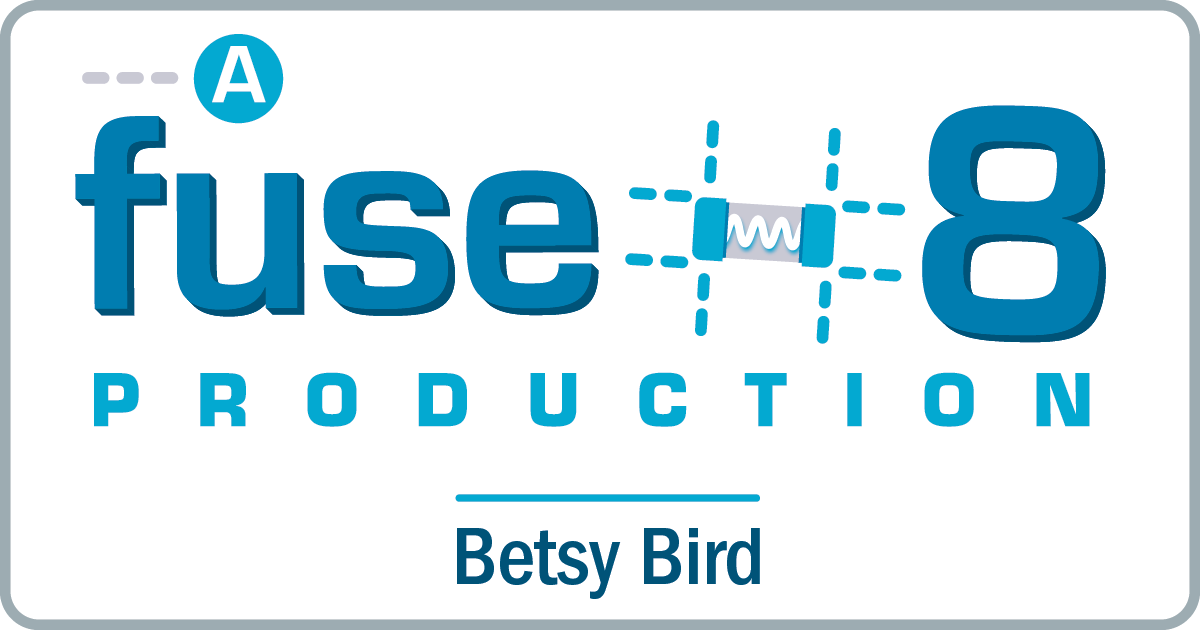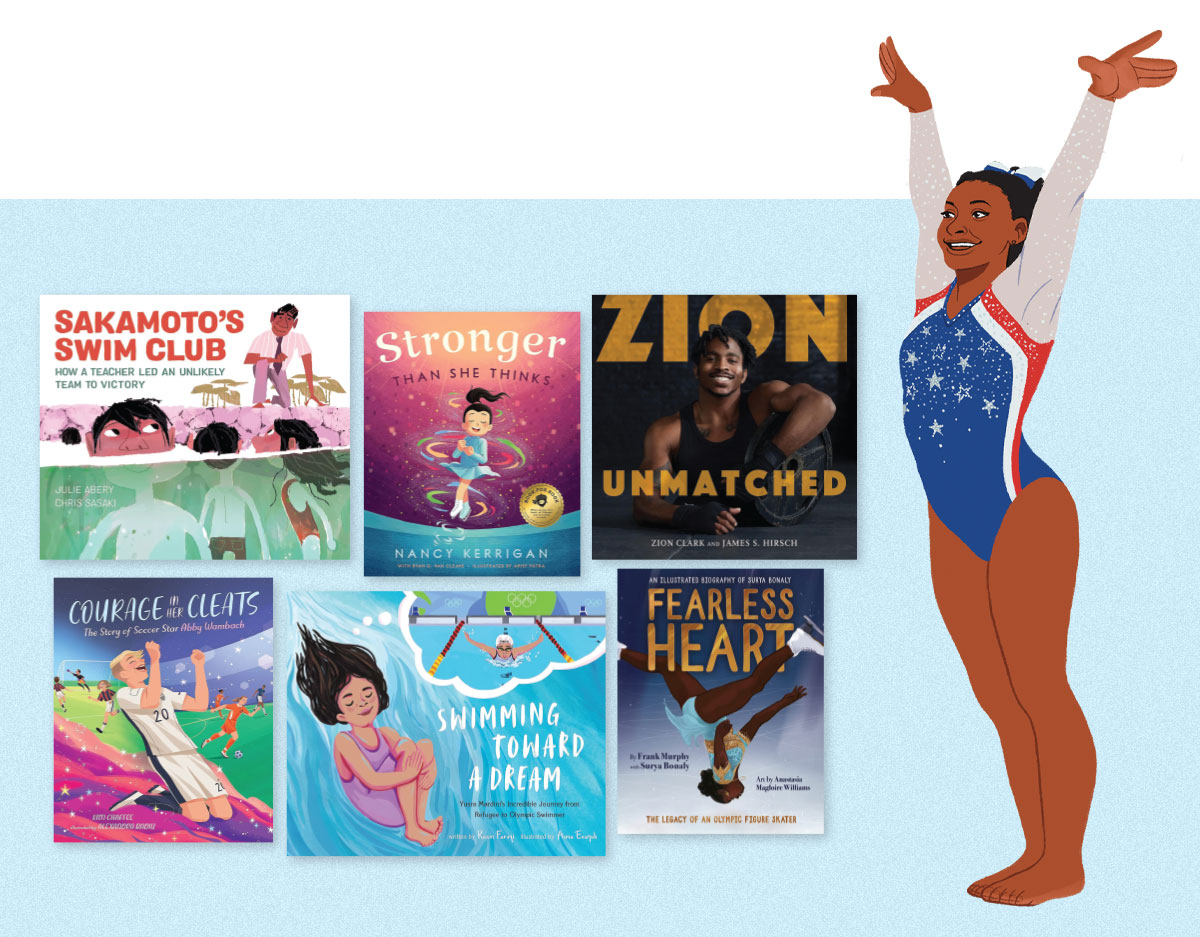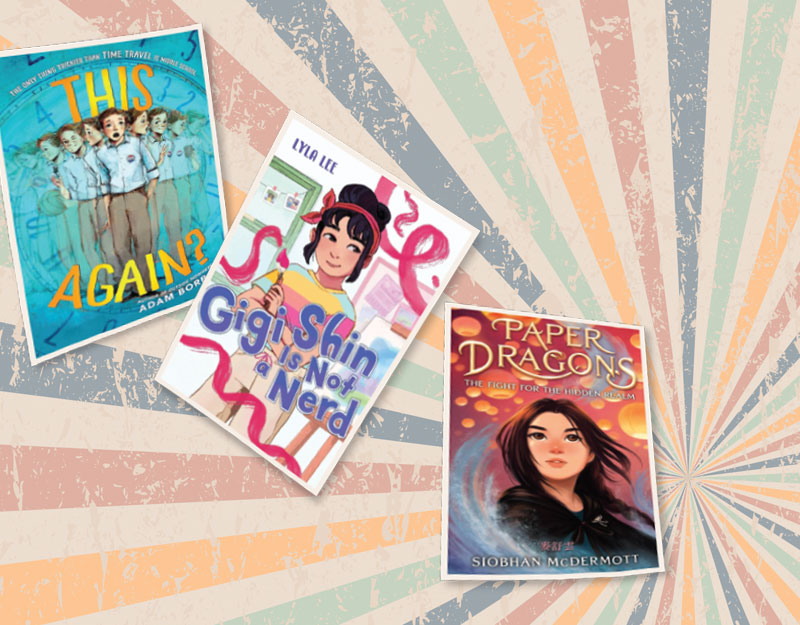Review of the Day: If America Were a Village by David J. Smith

I have infinite respect for children’s books that attempt to clarify concepts that are difficult for the human brain to understand. Trying to comprehend the concept of a million? There’s David M. Schwartz’s How Much is a Million to help you. A little foggy on philosophical topics like the nature of good and evil? Really Really Big Questions by Stephen Law is the book for you. And the population of The United States of America? Look, you can lob numbers at the head of a ten-year-old all day for all the good it’ll do you. Tell a child that there are 306 million people in The United States today and I’m sure they’ll dutifully write down the number, but what will it really mean to them? How on earth do you get someone to understand the real statistics of their country in a fun, informative, and memorable fashion? Author and teacher David J. Smith hit upon the answer in 2002 when he wrote If the World Were a Village. The concept was simple: Reduce the population of the world to a mere 100 people in a village. With that village, Smith was able to discuss race, religion, poverty, and other topics. Now Smith is back with illustrator Shelagh Armstrong to present If America Were a Village. Same concept, but far more down-to-earth, and something that may yet penetrate the brains of the readers who pick it up. Classrooms everywhere, rejoice.
ADVERTISEMENT
ADVERTISEMENT
 After reducing 306 million American people to a mere 100, David Smith covers all the essential topics. Ethnicity, occupations, religion, consumption, health, etc. Accompanied by thick acrylic paintings of this village of 100, kids get an in-depth look at the state of the United States today. A note at the beginning defines the terms “America” and “American” while backmatter includes suggestions for projects related to this subject, and an extensive Bibliography contains websites and primary print sources galore.
After reducing 306 million American people to a mere 100, David Smith covers all the essential topics. Ethnicity, occupations, religion, consumption, health, etc. Accompanied by thick acrylic paintings of this village of 100, kids get an in-depth look at the state of the United States today. A note at the beginning defines the terms “America” and “American” while backmatter includes suggestions for projects related to this subject, and an extensive Bibliography contains websites and primary print sources galore.
As with any book that relies on statistics, this book is only as up-to-date as the latest census poll. So with the ups and downs of the current economy, we have to be lenient if the number of villagers in this book that have slipped into poverty has gone up since this book was originally written. Interestingly, though this book is all about the numbers, there’s only a small section projecting our state in the future. “By 2050, the population is predicted to be about 419 million, about one-third larger than today. If the population were shrunk to a village of 100, there would be 72 whites (including 24 Hispanics), 15 blacks, 8 Asians and 5 who identify themselves as members of other races.” I suppose it makes a fair amount of sense that Smith wouldn’t say much more than this. It could be problematic if any of those projections or predictions turned out to be false. It would date a book that, by dint of its very existence in time, must be dated.
 Illustrator Shelagh Armstrong’s style is not one that would have been my immediate first choice as a companion to this material, but I think the improves upon If the World Were a Village. In that title Armstrong was criticized for not showing enough faces of the people in the village. In this book, the villagers’ faces are everywhere. You certainly have the impression that this is an active, working, contemporary village. Mind you, when Smith offers us information about the unfortunate state of health and poverty in America today, the pictures certainly do not match. Smith might be offering a complex look at the ups and downs of our country based entirely on numbers, but Armstrong seems inclined to show only the good at all times. So while many of the people in the village “live below the poverty line” (14 as of 2008), 13 people have trouble finding food, and 65 people are overweight, the accompanying images are always of happy people, sometimes with babies.
Illustrator Shelagh Armstrong’s style is not one that would have been my immediate first choice as a companion to this material, but I think the improves upon If the World Were a Village. In that title Armstrong was criticized for not showing enough faces of the people in the village. In this book, the villagers’ faces are everywhere. You certainly have the impression that this is an active, working, contemporary village. Mind you, when Smith offers us information about the unfortunate state of health and poverty in America today, the pictures certainly do not match. Smith might be offering a complex look at the ups and downs of our country based entirely on numbers, but Armstrong seems inclined to show only the good at all times. So while many of the people in the village “live below the poverty line” (14 as of 2008), 13 people have trouble finding food, and 65 people are overweight, the accompanying images are always of happy people, sometimes with babies.
While it is possible that there are kids out there who adore statistics and will find this book fascinating, I see the potential for this title to be pretty curriculum based. Smith backs me up on this one by providing copious backmatter that will be useful to teachers who wish to do units on America, but want to try something a little different. And if teachers are hoping to pair this with another book that gives the vast scope of the world a different kind of look, consider When It’s Six o’clock in San Francisco: A Trip Through Time Zones by Cynthia Jaynes Omololu. As it stands, it’s hard not to get a kick out of this book. A unique idea applied to a subject area we are all familiar with, Smith injects life into a usually dry, rote subject area. Necessary purchase, this one. For teachers, librarians, and already interested kids, anyway.
Source: Sent by book’s publicist.
Other Online Reviews:
Professional Reviews:
Misc:
 It’s Non-Fiction Monday. Be sure to check out the round-up over at Jean Little Library.
It’s Non-Fiction Monday. Be sure to check out the round-up over at Jean Little Library.
- Get some background on where Smith got the idea for this concept in The USA Today.
- Go here to download a PDF of learning materials associated with this book.
- Go here to download the ginormous poster.
Filed under: Reviews
About Betsy Bird
Betsy Bird is currently the Collection Development Manager of the Evanston Public Library system and a former Materials Specialist for New York Public Library. She has served on Newbery, written for Horn Book, and has done other lovely little things that she'd love to tell you about but that she's sure you'd find more interesting to hear of in person. Her opinions are her own and do not reflect those of EPL, SLJ, or any of the other acronyms you might be able to name. Follow her on Twitter: @fuseeight.
ADVERTISEMENT
ADVERTISEMENT
SLJ Blog Network
The Moral Dilemma of THE MONSTER AT THE END OF THIS BOOK
Winnie-The-Pooh | Review
Parsing Religion in Public Schools
ADVERTISEMENT







